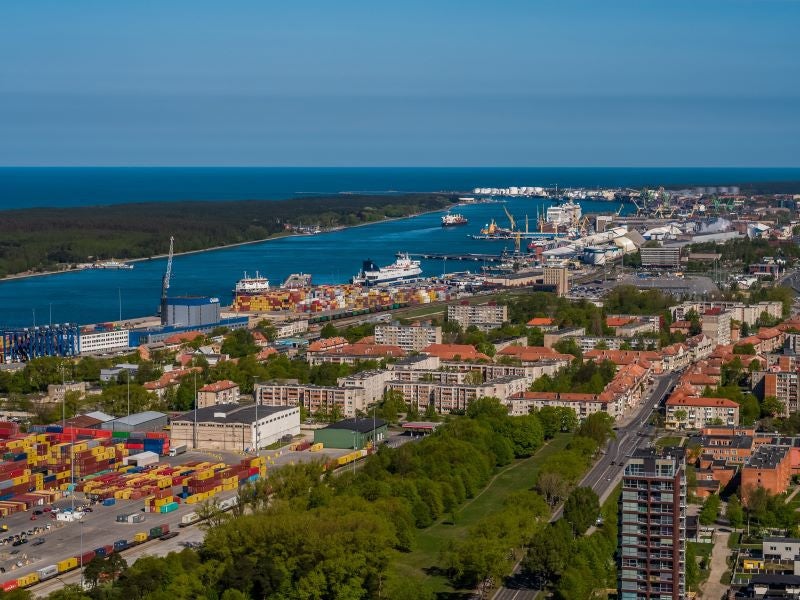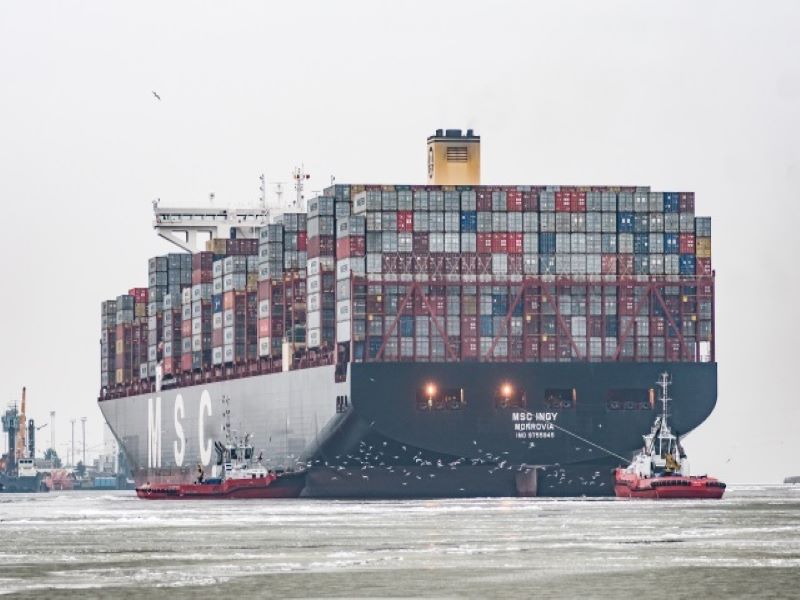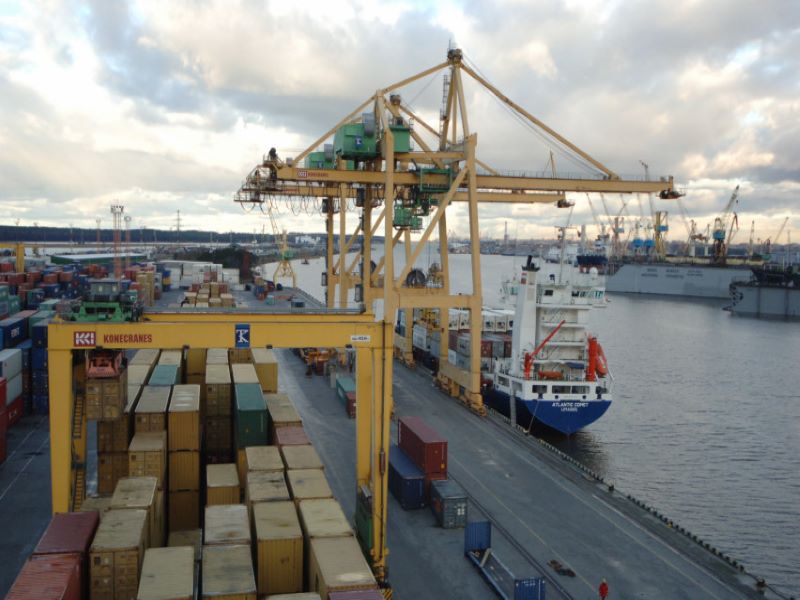The Port of Klaipeda is a multi-purpose deepwater port that is undergoing a planned expansion to accommodate bigger ships. Klaipeda State Seaport Authority, a state-owned enterprise, is responsible for the expansion and modernisation of the port. The seaport is a major transit centre in Lithuania and one of the largest in the region.
Klaipeda port handled MSC Ingy, a container ship with a carrying capacity of 19,462 twenty-foot equivalent units (TEU) in December 2018. The cargo turnover of the port was more than 46 million tonnes in 2019.
The expansion and upgrade project will involve a series of projects, including the expansion of quays and deepening of the ship canal.
Port expansion
The estimated investment in the entire expansion project is €352.4m ($393.56m), which will be invested between 2020 and 2023. The refurbishment of the quays is expected to cost €136m ($148m), with completion anticipated by the end of 2023. It will involve expansion of quay walls and extending the quay depth to enable the entry of larger ships. Improvements will lead to an increase in the annual stevedoring capacity of the Klaipeda port by 19.1 million tonnes.
The expansion project will also include the rotation of the channel for a port call, redesigning of the entrance, and deepening of the port.
Klaipeda State Seaport Authority awarded a contract to Sweco Lietuva to supervise the designing services for the port’s deepening. The depth of the internal part of the seaport’s canal will be increased up to 15m to ensure greater safety for large vessels. The deepening will take place from the northern end of the port until Malkų Bay. The designing works are expected to be completed by the end of July 2020.
Ferry operator Smiltynes Perkėla will invest €20m ($22.33m) to acquire two ferryboats and develop a new ferry terminal, which is expected to be finished by May 2021.
Details of the existing infrastructure at Port of Klaipeda
Located on the eastern coast of the Baltic Sea, the ice-free port has a cargo handling capacity of up to 65 million tonnes a year. The port is capable of handling approximately 7,000 vessels a year and welcomed 6,776 vessels in 2019, of which 4,840 were cargo ships.
The Port of Klaipeda can handle dry-cargo vessels and tankers with a deadweight tonnage of 100,000 and 170,000 respectively. It can accommodate 400m-long, 59m-wide vessels.
The length of the quays is 24.7km while the area covered by open storage sites is 1,045,879m² and the capacity of liquid cargo tanks is 749,000m³.
The port has a network of 18 shipping lines, offering connection with the ports located in different nations, including Sweden, Poland, Denmark, Belgium, the UK and Finland.
The port serves as a key transport hub in the country, while providing connections with land, sea, and railway routes from east to west.
Port of Klaipeda facilities and services
The port includes two passenger terminals, namely the cruise vessel terminal and the Klaipeda central terminal. The cruise vessel terminal extends across 2.96 acres and is located 100m away from the downtown region of Klaipeda. The terminal can dock 330m-long vessels with a draught of 8.5m.
Constructed in 2014, the Klaipeda central terminal is located in proximity to the city centre. It has the capacity to handle three vessels at the same time.
The port invested in technologies such as KIPIS, freight movement information system, and LUVIS vessel traffic management information system. It also meets the standards of the International Ship and Port Facility Security (ISPS) Code.
Financing
The upgrade project will be partly funded by the European Union (EU) structural funds. The Nordic Investment Bank (NIB) is financing the expansion of Klaipeda Seaport under a 19-year credit facility agreement. The credit facility covers financing up to €68m ($74m) for the reconstruction of the quays.
The port authority will seek funds from the EU Cohesion Fund to support the deepening works.






